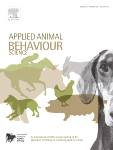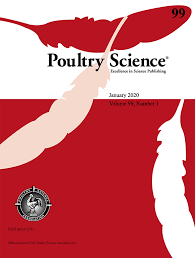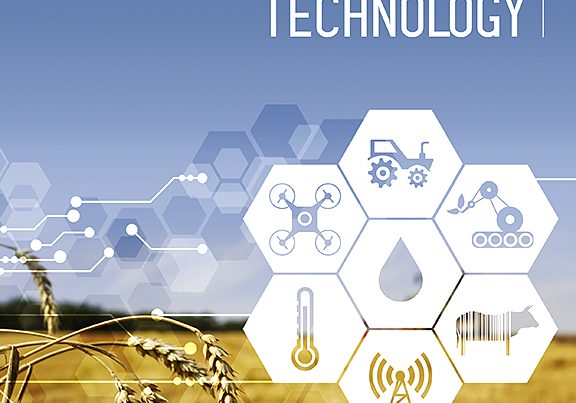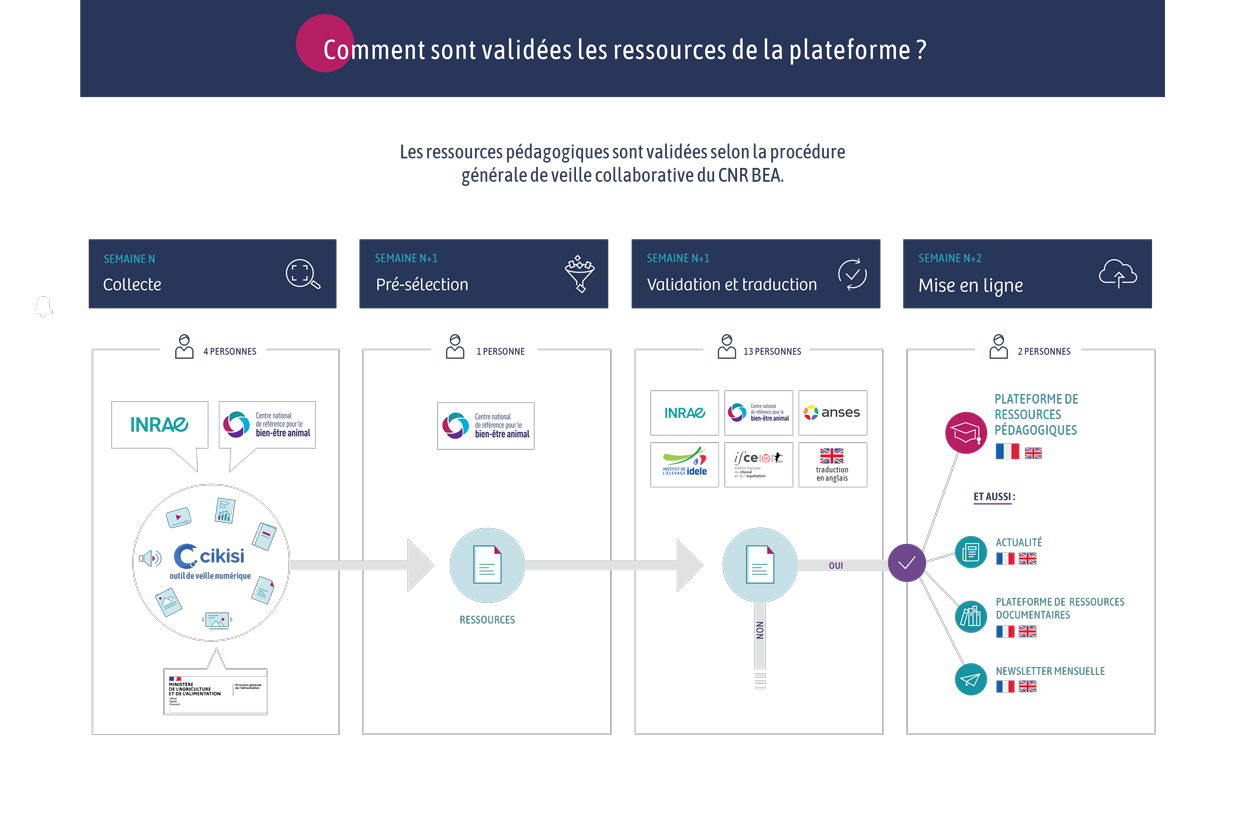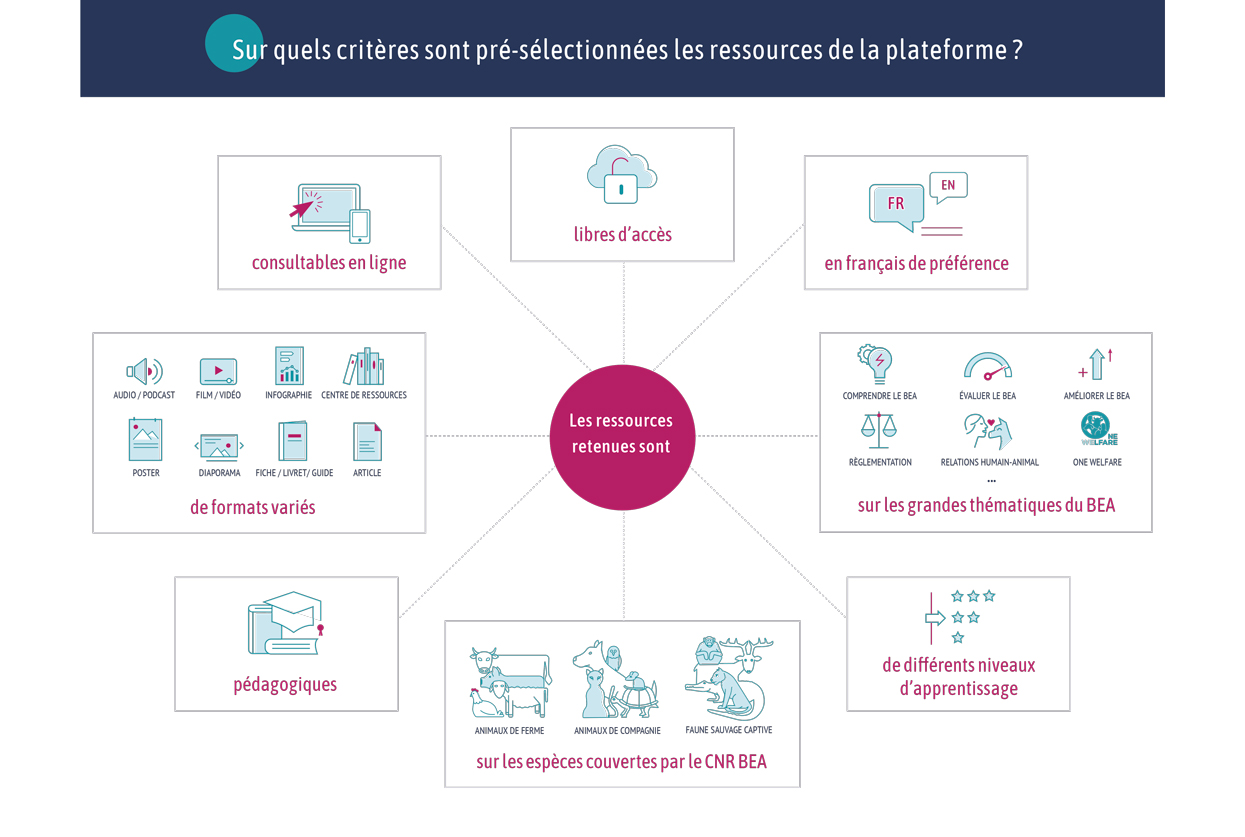Document type: scientific synthesis published in Applied Animal Behaviour Science
Author: Marian Stamp Dawkins
Preview: The increasing use of technology in livestock farming has the potential for making farming easier and more efficient and for improving animal welfare. There are also, however, potential dangers, one of which is that animal welfare becomes subordinated to the drive for greater efficiency. I will argue that for technology to deliver on its promise of being able to improve the lives of animals, three conditions need to be met: (i) Both the public and the agricultural industry must be satisfied that automated measures of welfare can capture what is meant by 'good welfare' (ii) There is scientific evidence that the technology genuinely improves animal welfare when deployed on commercial farms (iii) There are demonstrable financial, environmental and other benefits as well as welfare ones so that industry is convinced that prioritizing welfare is commercially worthwhile.
Publication resulting in an article in Poultry World on 31/01/2025
